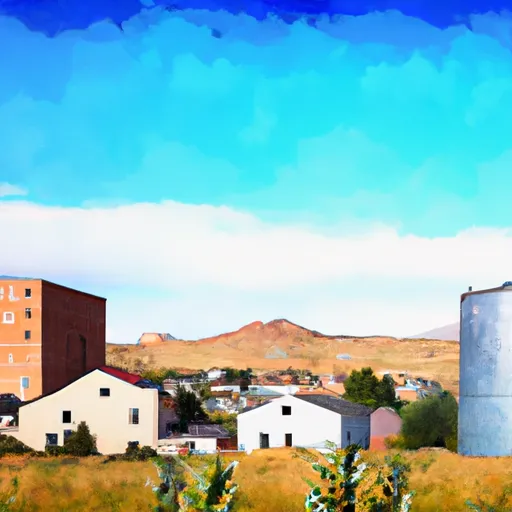°F
°F
mph
Windspeed
%
Humidity











Howard, Colorado is a small town located in the western part of the state, nestled in the picturesque Arkansas River Valley. The town enjoys a pleasant climate with warm summers and mild winters. Summers are characterized by sunny days and temperatures averaging in the mid-80s Fahrenheit, while winters see temperatures hovering around the mid-40s, occasionally dropping below freezing. The area receives around 15 inches of precipitation annually, with most of it falling as snow during the winter months.
The town of Howard is blessed with abundant hydrological features, thanks to its proximity to the Arkansas River. The river provides ample opportunities for fishing, boating, and rafting, attracting outdoor enthusiasts and nature lovers. Additionally, there are several nearby lakes and reservoirs, including the nearby Big Horn Sheep Canyon, where visitors can enjoy water-based activities or simply relax by the shores.
Outdoor recreation opportunities in Howard are plentiful. The surrounding area boasts numerous hiking and biking trails, offering stunning views of the Sangre de Cristo Mountains and the diverse flora and fauna of the region. Camping, horseback riding, and wildlife watching are also popular activities, allowing visitors to immerse themselves in the natural beauty of the area. Whether it's exploring the river, hiking through the mountains, or simply enjoying the fresh air, Howard provides a wide range of outdoor experiences for all nature enthusiasts.
Weather Forecast
Howard receives approximately 237mm of rain per year, with humidity levels near 74% and air temperatures averaging around 8°C. Howard has a plant hardyness factor of 5, meaning plants and agriculture in this region thrive during a short period during spring and early summer. Most plants will die off during the colder winter months.
Regional Streamflow Levels
1
Cubic Feet Per Second
3
Cubic Feet Per Second
-999
Cubic Feet Per Second
6
Cubic Feet Per Second
Nearby Camping
| Camping Area | Reservations | Toilets | Showers |
|---|---|---|---|
| Rincon - Arkansas Headwaters State Rec Area | |||
| Buffalo Springs | |||
| North Crestone Creek | |||
| Coaldale | |||
| Hecla Junction - Arkansas Headwaters State Rec Area | |||
| San Luis State Park |



